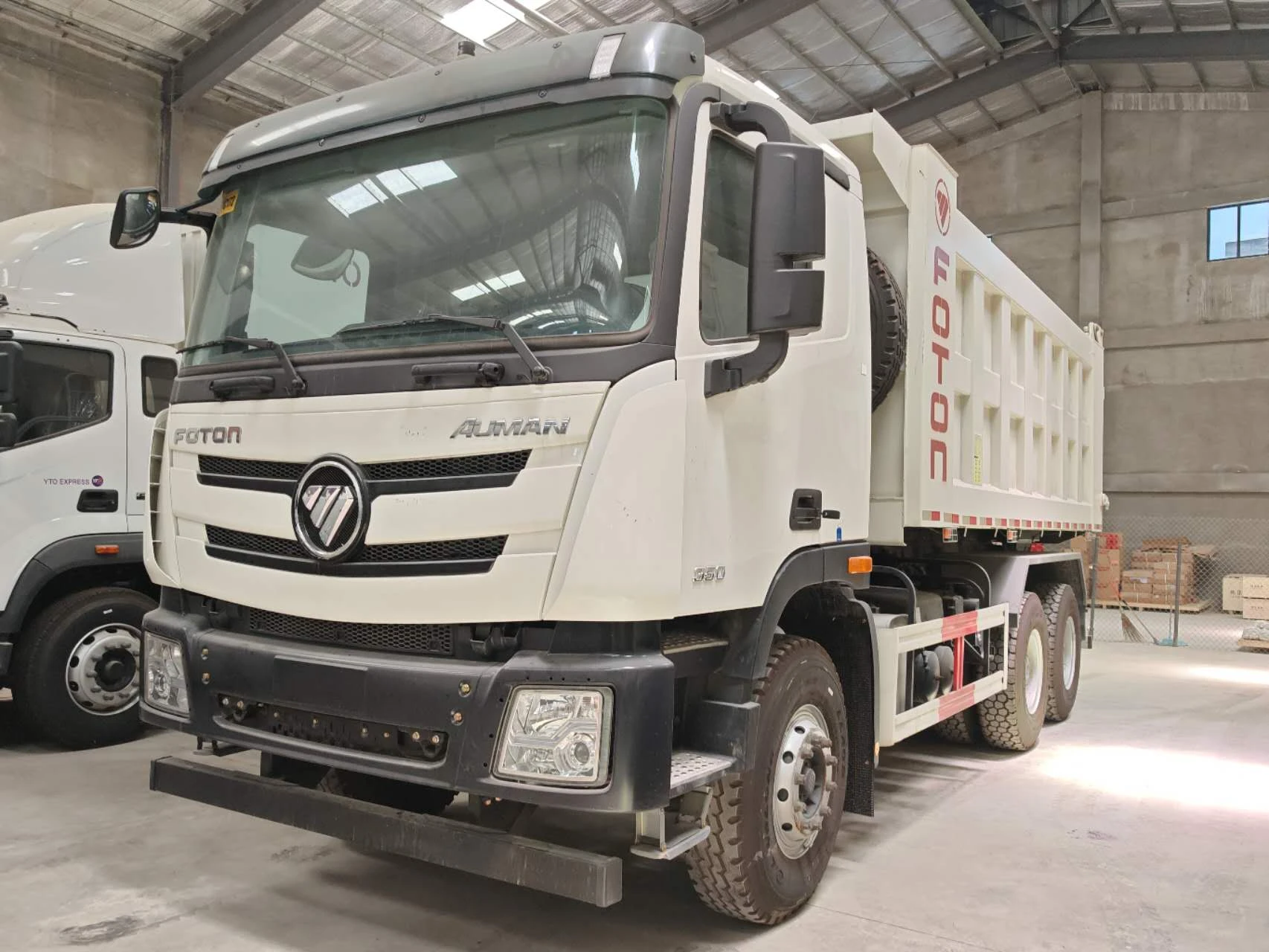trailer dimension
Understanding Trailer Dimensions A Comprehensive Guide
In the world of transportation, the importance of understanding trailer dimensions cannot be overstated. Whether you are in the logistics industry, involved in moving goods across long distances, or simply looking to rent a trailer for personal use, knowing the specifics of trailer dimensions is crucial. It impacts everything from the type of cargo you can transport to the legal restrictions you must abide by on the road.
What Are Trailer Dimensions?
Trailer dimensions are typically measured in three key areas length, width, and height. Each of these measurements plays a significant role in determining the trailer’s capacity and suitability for various loads.
- Length The length of a trailer can vary widely, ranging from small utility trailers around 8 to 12 feet long to large semi-trailers that may exceed 53 feet. The length affects how much cargo you can transport and can have legal implications, as many states have regulations governing the maximum length of trailers allowed on public roads.
- Width Standard widths for trailers are typically around 6 to 8 feet. However, wider trailers, sometimes referred to as oversized, can reach up to 8.5 feet. It’s crucial to be aware of width restrictions in certain areas, especially when negotiating narrow roads or bridges.
- Height The height of a trailer can range from about 5 feet to more than 13 feet. Like width, the height can lead to challenges when passing under bridges or navigating through low-clearance areas. Many highways and roads have height restrictions that drivers must comply with to avoid accidents.
Importance of Knowing Trailer Dimensions
trailer dimension

Understanding trailer dimensions can significantly influence several aspects of transportation
1. Cargo Capacity The dimensions of a trailer directly determine the volume of cargo it can carry. Knowing how much space you have allows for better planning and utilization of resources, ensuring that shipments are optimally packed to maximize efficiency.
2. Legal Compliance Different jurisdictions have strict regulations regarding trailer sizes, including the maximum length, width, and height. Failing to adhere to these regulations can result in fines, detours, or even accidents. Knowing your trailer's dimensions helps ensure compliance with local laws.
3. Road Compatibility With varying road conditions and restrictions, understanding trailer dimensions aids in selecting the right route for transport. Some roads may not support large or wide loads, necessitating careful planning to avoid challenges during transit.
4. Safety Proper knowledge of trailer dimensions can help minimize risks on the road. An improperly loaded or oversized trailer can lead to accidents, resulting in potential harm to drivers and the public.
5. Cost Efficiency Selecting the right trailer size can lead to substantial cost savings. Whether you’re renting a trailer or purchasing one, understanding the dimensions can help you avoid unnecessary expenses tied to larger, more expensive units that may not be needed for your specific tasks.
Conclusion
In conclusion, trailer dimensions are pivotal for efficient and safe transportation. From understanding the legal implications to optimizing cargo loads, a clear grasp of the specifications surrounding trailer dimensions not only contributes to logistical effectiveness but also ensures compliance and safety on the roads. Whether you are a seasoned professional or a newcomer to the world of transport, taking the time to understand trailer dimensions will pay dividends in your operations. Before hitting the road, always refer to the specific dimensions of your trailer, assess your cargo requirements, and plan accordingly to ensure a smooth journey ahead.
-
SINOTRUK HOWO 84 Electric Dump Truck for Eco-Friendly Heavy HaulingNewsJul.26,2025
-
The Fast 16-Gear Manual Transmission Assembly for Heavy TrucksNewsJul.25,2025
-
Mercedes Benz Actros 1848 42 Tractor Truck for Sale - Reliable PerformanceNewsJul.24,2025
-
High-Quality Water Pump Assembly for Sinotruk Trucks – Durable & ReliableNewsJul.23,2025
-
Premium Truck Engine Antifreeze Coolant Fluid for Heavy Duty VehiclesNewsJul.22,2025
-
FOTON View G7 Mini Bus: Affordable & Spacious TransportNewsJul.22,2025
Popular products

























